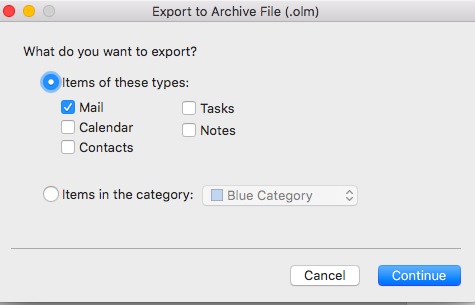

The options for the purge settings remain unchanged in Office 365 and on-premsies Exchange.īecause there is no backup-and-recovery system in Office 365, it's good to not have items be removed so quickly from the Deleted Items folder.

Office 365 admins can now do what on-premises Exchange admins have been able to do: Change that retention period from anywhere from one day to 24,855 days. What Microsoft changed this week in Office 365 is to make configurable the default MRM deleted-items retention policy, which controls how long emails stay in users' Deleted Items folders. On-premises Exchange admins can set the purge time to 24,855 days, but Office 365 admins can set the purge period only to a maximum of 30 days. (In Outlook 2013, for example, click the Folder button in the ribbon and choose Recover Deleted Items from its menu.)īy default, items stay in the Deletions subfolder for 15 days in on-premises Exchange and for 14 days in Office 365, at which point they are purged from the server and can't be recovered by anyone. (Emails on legal or in-place hold are exempt from being purged.) Admins can access that folder to recover emails, as can users via the recovery feature in Outlook for Windows or Mac. But in Office 365, that period has been preset to 30 days, though an admin could change it.Īfter that period is reached, the emails are deleted from the users' Deleted Items folder and moved to the Recoverable Items folder's Deletions subfolder in Exchange. In on-premises Exchange, an admin has to set that period using a capability called Messaging Records Management (MRM). In the Exchange Server architecture, when users delete emails, they are placed in their Deleted Items folder, where they stay for whatever period is specified in Exchange. We all delete email, but some people use their Deleted Items folder in Outlook as a holding tank for email they may not want to see again but want to keep available just in case. Microsoft's changes have confused many admins, so let me clarify what's gong on. This week, I found a new fix for something I didn't even know was broken: How deleted items in Outlook are handled. As an Office 365 MVP, I constantly scan the horizon for new features in Office 365.


 0 kommentar(er)
0 kommentar(er)
